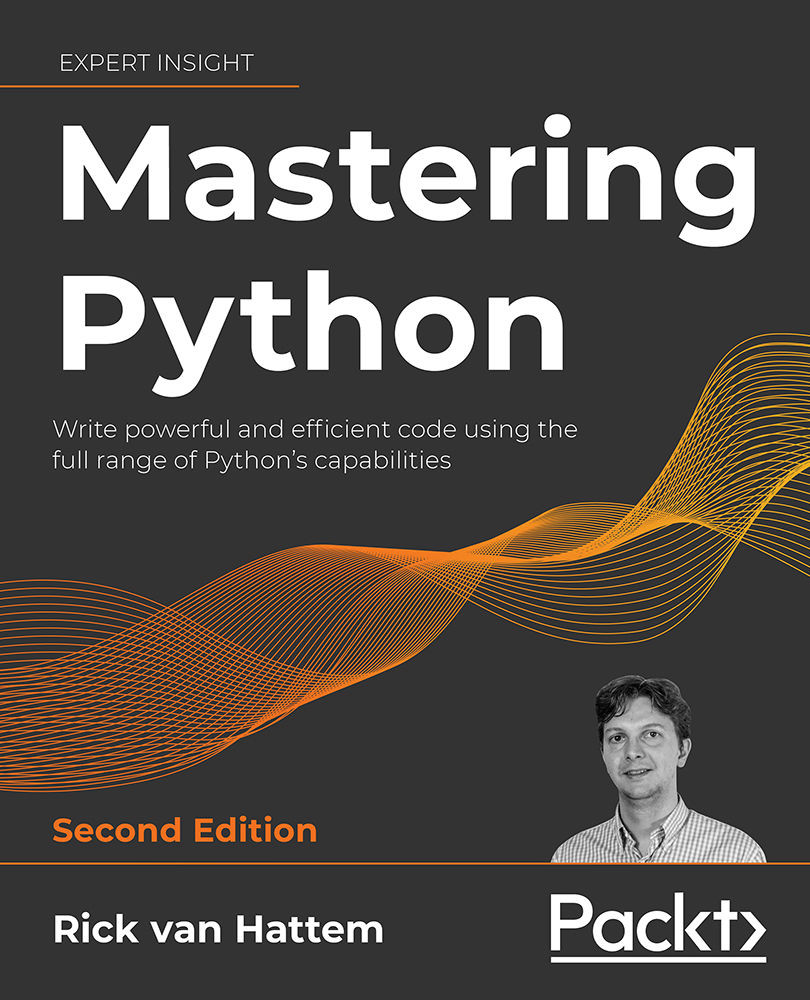The following collections are mostly just extensions of base collections; some of them are fairly simple, while others are a bit more advanced. For all of them, though, it is important to know the characteristics of the underlying structures. Without understanding them, it will be difficult to comprehend the characteristics of the collections.
There are a few collections that are implemented in native C code for performance reasons, but all of them can easily be implemented in pure Python as well. The following examples will show you not only the features and characteristics of these collections, but also a few example design patterns where they can be useful. Naturally, this is not an exhaustive list, but it should give you an idea of the possibilities.
Smart data storage with type hinting using dataclasses
One of the most useful recent additions to Python (since 3.5) is type hinting. With the type annotations, you can give...



 Free Chapter
Free Chapter

